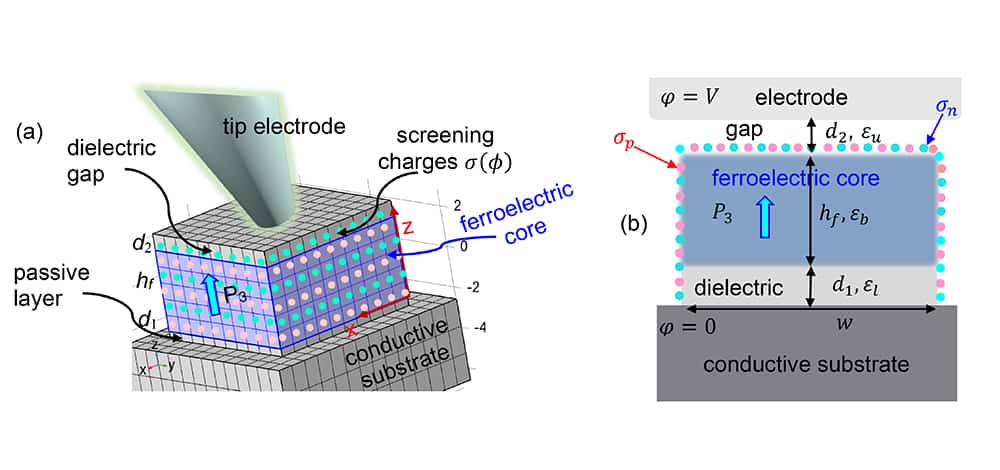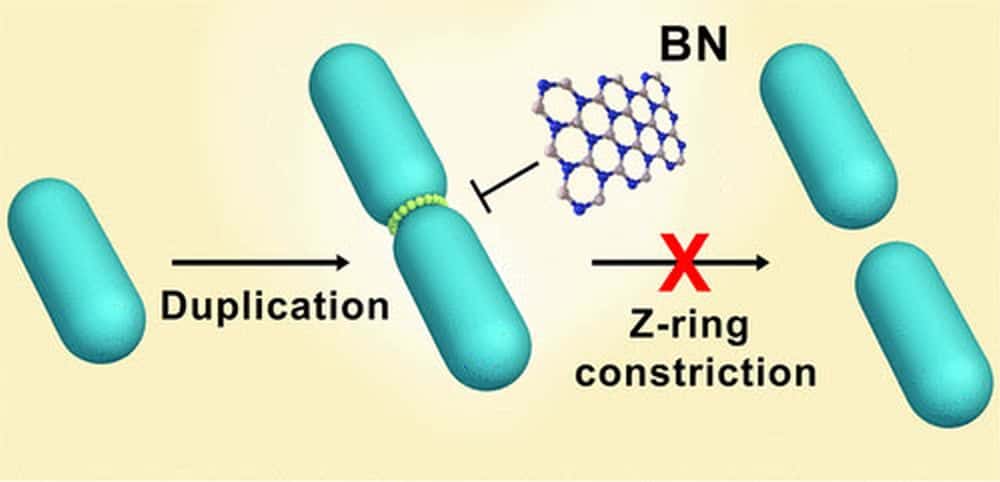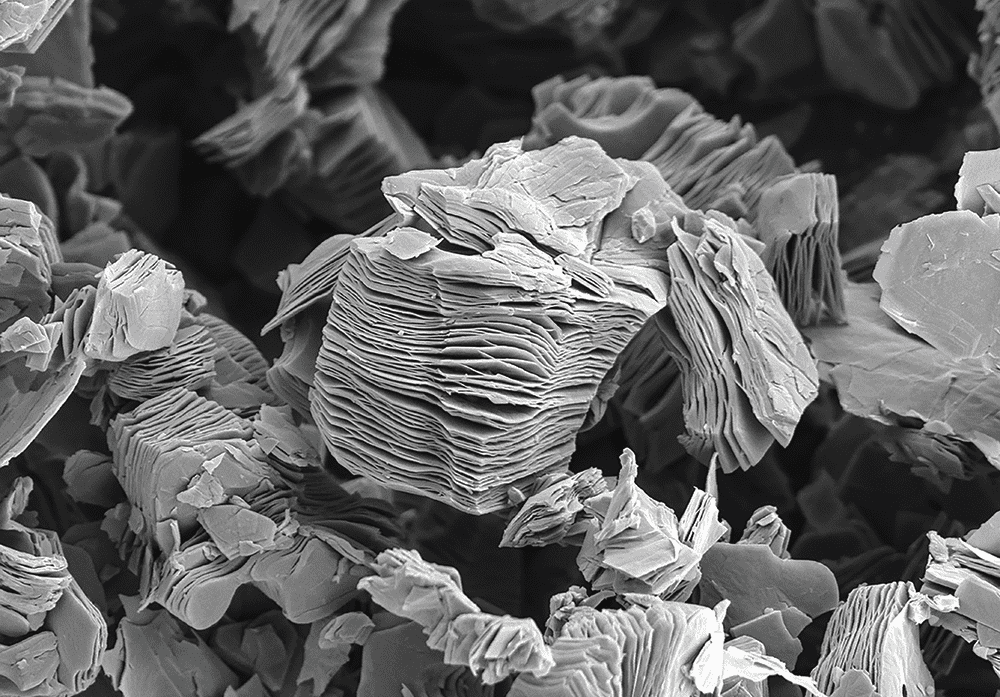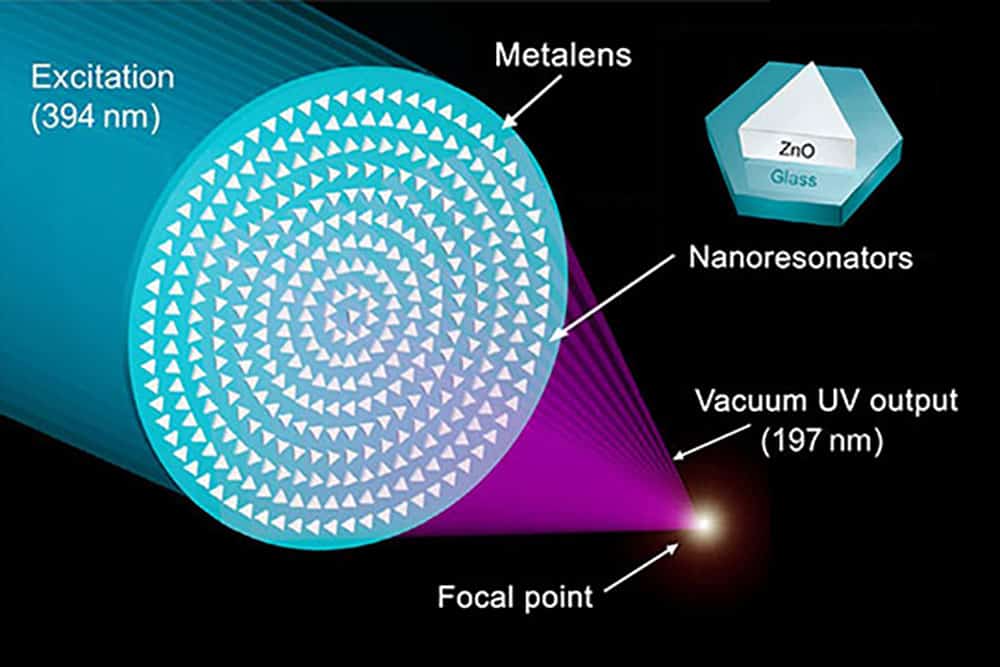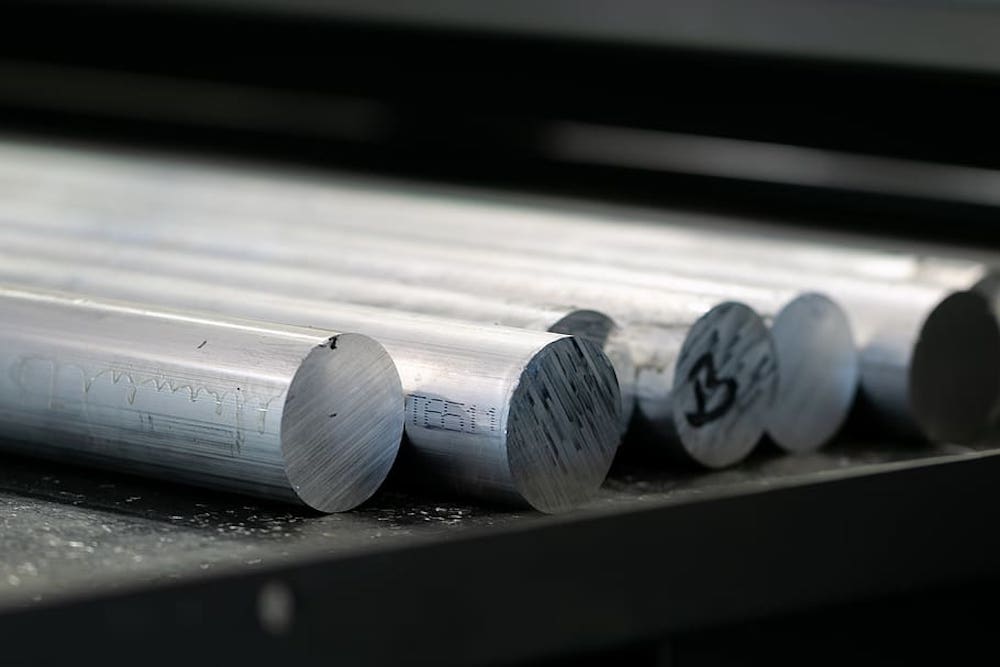There still is much to learn about how surface-charge dynamics influence the behavior of ferroelectric materials. In a recent open-access paper, researchers from the United States and Ukraine used finite element modeling to map these dynamics for ferroelectric nanoparticle dispersions.
Read MoreSome materials being investigated for use as antimicrobial agents face the limitation that they cannot tell the difference between bacteria and mammalian cells. Researchers led by Soochow University found boron nitride nanosheets do not face this limitation.
Read MoreMany of the world’s easily accessible freshwater sources are being drained faster than they are being replenished. In two recent papers, researchers led by Jilin University investigated the potential of a clay-based self-propelling nanomotor to purify water.
Read MoreThe June/July 2022 issue of the ACerS Bulletin—featuring MXenes and student perspectives on hope—is now available online. Plus—new C&GM.
Read MoreAs new analysis methods are developed and refined, researchers can illuminate the science behind past techniques that were designed through trial and error. A group led by researchers from the California Institute of Technology used advanced analytical techniques to show how nanoscale engineering gave a historic purple overglaze its distinctive iridescence.
Read MoreThe use of nanotechnology as crop fertilizers is a growing area of interest for farmers. A new study led by Jiangnan University researchers compares the performance of fertilizers based on iron oxide nanomaterials to typical iron chelate fertilizers in promoting soybean growth.
Read MoreInhalable medicine offers several advantages over injections. Researchers in Italy explored the development of inhalable drug-loaded calcium phosphate nanoparticles for treating myocardial cells in the heart.
Read MoreCobalt is a main material used as the binder in cemented carbides, but there are drawbacks to using this metal. Ceramic phases have started attracting significant attention as alternative binders, and a recent study dives further into the feasibility of using nanoceramics as a binder.
Read MoreThe Hall-Petch relation describes how a ceramic becomes harder as its grains become smaller. But when the grains become small enough, the relation begins to break down. Luis Sotelo Martin and Ricardo Castro of the University of California, Davis, showed that adding extra aluminum to zinc aluminate can extend the Hall-Petch relation.
Read More
